Last week this 22 year old girl visited our office for a rash she has had on her neck and chest for over 15 years. The rash did not bother her and had not changed from the time it first occurred. An area of the rash was biopsied and the biopsy results confirmed her condition to be syringomas.
Syringomas on the lower eye lid
Syringomas are harmless sweat duct tumors. They are skin colored or yellowish firm rounded bumps typically found clustered on eyelids but they may also arise elsewhere on the face, in the armpits, abdomen, upper chest and vulva. They can start to appear in adolescence and are more common in women than men. While Syringomas are not dangerous they usually do not go away on their own.
Although there is no perfect technology to remove the growths, there are treatment options that can make some improvement to the lesions. Laser treatment is an option, however pinpoint electrocautery may offer the best combination of results and healing. Prior to treatment the area is numbed with either topical lidocaine or an injection of lidocaine. Electrocautery involves the passage of an electrical current from a small metal tip to the syringoma effectively burning the lesion. After the treatment the areas become a little swollen and the syringoma may develop a scab for 5-7 days. Most patients have minimal social downtime and excellent healing. The lesions usually either clear up or shrink in size. If the syringomas are resistant to laser or electrocautery treatment your provider may consider excising them aka cutting them out. They may choose to cut out a large area that contains many syringomas or will use a small scalpel to cut and take out the syringoma one by one.
Our patient in the photo above had a condition called Generalized Eruptive Syringoma, a rare clinical presentation where many syringomas appear abruptly. It presents as groupings of small flesh-colored papules very suddenly and generally occurs in the peripubertal period.
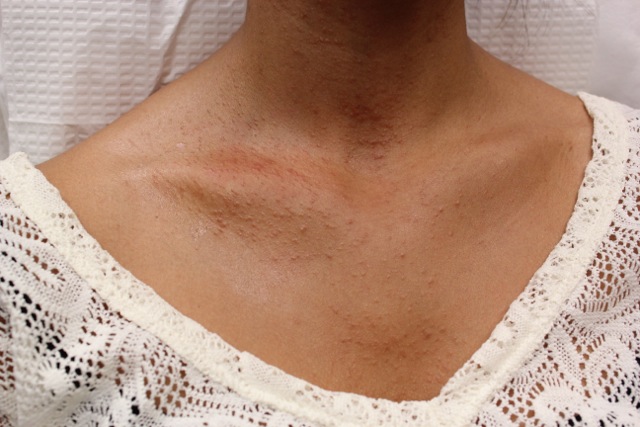
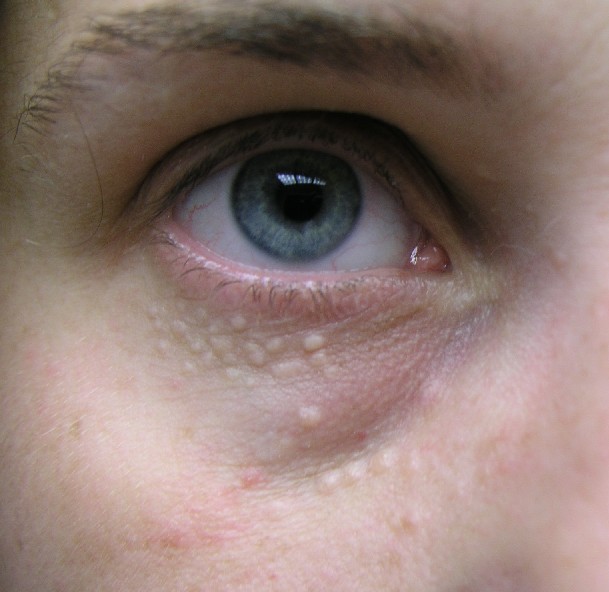

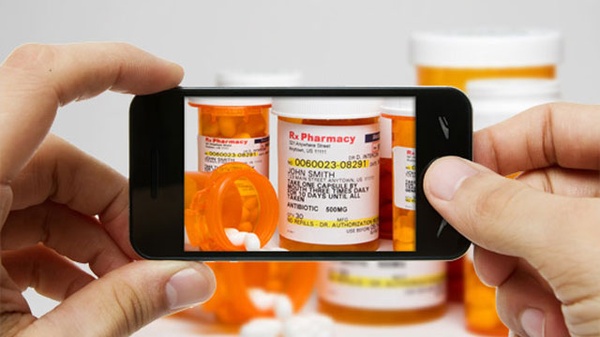
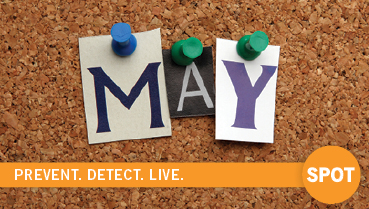

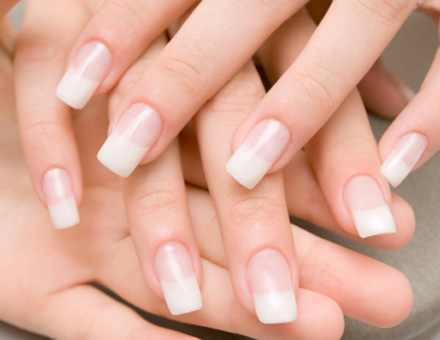
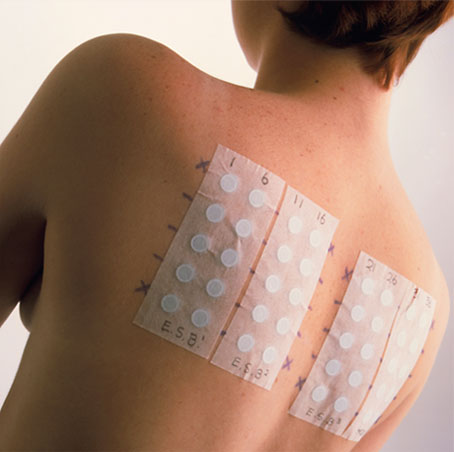
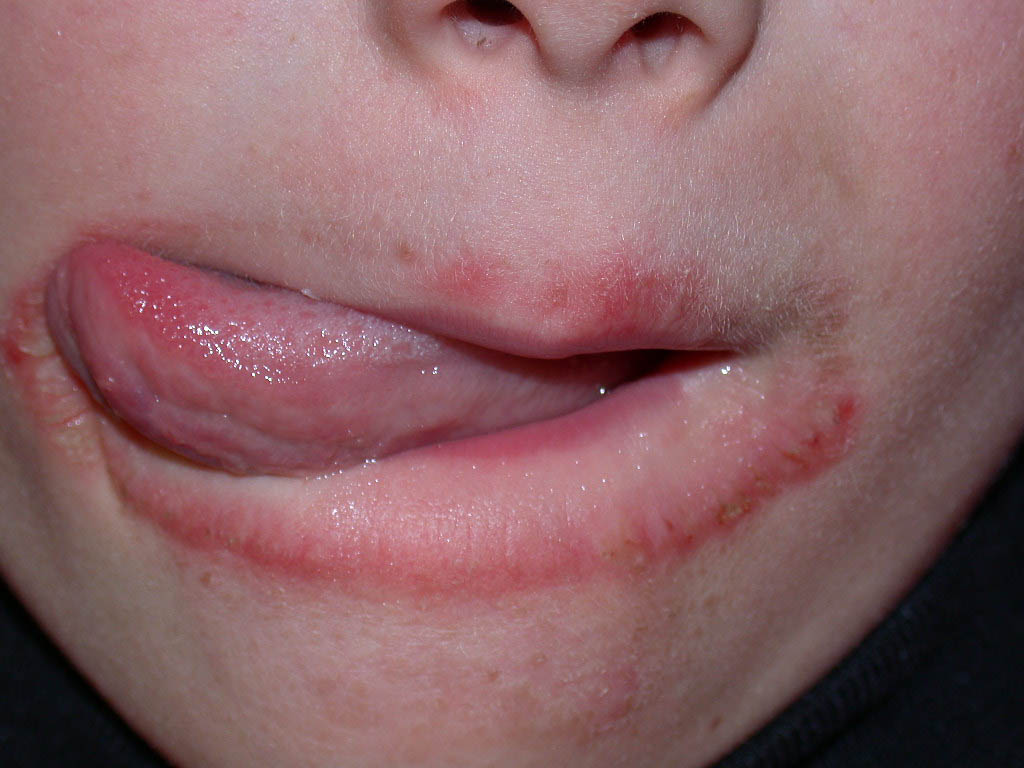
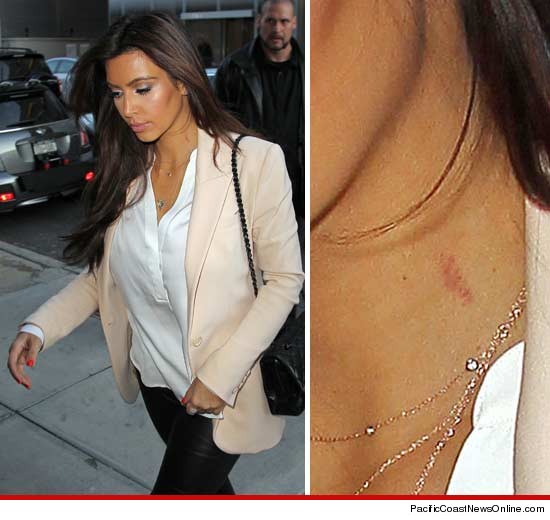



 Watch Video
Watch Video


